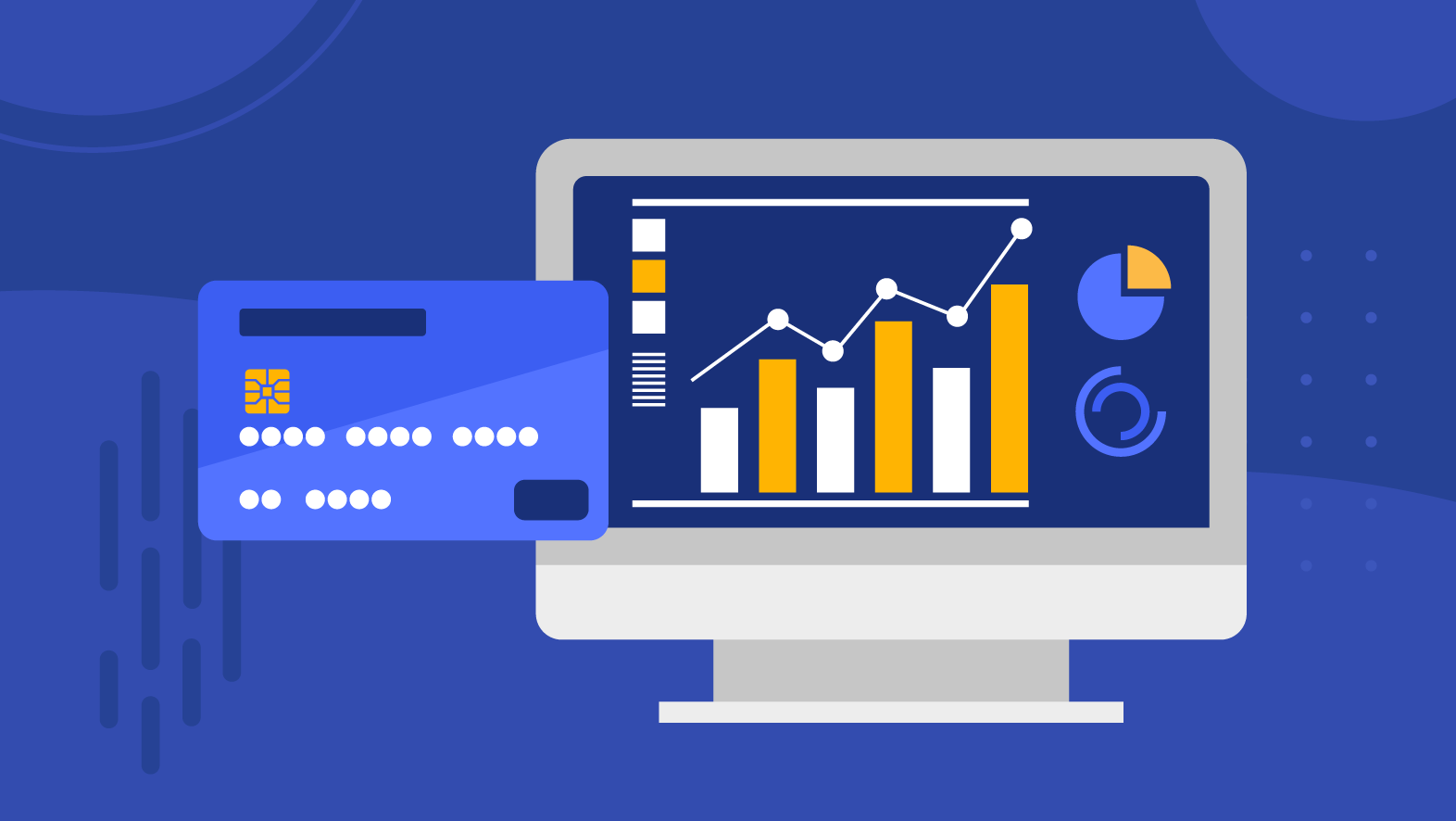
Credit card processing lies at the heart of ecommerce. In this guide, we’ll talk about the different levels of credit card processing data, and why passing along more data can be good for your business.
We’re all familiar with entering credit card details during online shopping: the usual required fields of name, card number, CVV code, and billing address. Aside from providing your credentials to pass fraud protection and security measures on the store’s checkout, credit card data passes from the store to the merchant’s bank and then the card-issuing bank.
By including transaction and order data beyond basic authentication, you add an inherent layer of fraud prevention to your store, as the more information is provided during a transaction, the lower the risk of fraud. Access to this valuable data is leveraged by the card-issuing bank through offering lower processing rates to merchants, depending on the amount of data passed along in the transaction.
What are Data Levels?
Credit card processing data falls into three distinct levels: Level 1, 2, and 3 (also called Level I, II, and III). Each level is a set of required information fields that must be passed along in order to successfully complete a transaction. Let’s take a quick look at each of these data levels and their requirements.
Level 1
Level 1 data is standard for all transactions. This is the baseline data provided in business-to-consumer (B2C) transactions that we are all familiar with as shoppers ourselves in our day-to-day life. It consists of basic information such as:
- card number
- card expiry date
- CVV2 code
Many processors require additional card and transaction fields, such as the cardholder’s zip or postal code, or the merchant’s name and transaction amount.
Due to Level 1 data having the lowest requirements for a successful transaction and providing only very limited data to the cardholder’s bank, these transactions typically incur the highest fee cost.
Level 2
Level 2 data applies to corporate, government, and business-to-business (B2B) transactions, and requires the customer to use a commercial credit card for the transaction. It includes all of the information captured in Level 1 data, plus additional fields. As each card type maintains their own standards for accepted fields, this can vary. Common fields include:
- Purchase order number
- Tax indicator
- Tax amount
- Tax ID
- Requestor name
- Destination address
- Destination city
- Destination state
- Destination ZIP code
Level 3
Similar to Level 2, Level 3 data generally applies to corporate, government, and B2B transactions, but typically for larger transaction amounts. It also requires customers to use a commercial credit card for these transactions. This data includes all of the information captured in Level 1 and 2 transactions, plus more detailed line item information, similar to what you’d find on an itemized invoice.
Generally speaking, Level 3 data is the maximum amount of data fields per transaction. This can be anywhere from 15 to 20 fields, or encompassing almost 100 fields in certain cases (although 15-20 fields is much more typical). These fields can include:
- Item ID or SKU
- Item description
- Unit price
- Extended price
- Unit of measure
- Unit of cost
- Commodity code
- Quantity
- Discount amount, per line item and total
- Shipping or shipping amount
- VAT information
- Debit or credit indicator
As with Level 2 data, the required fields for Level 3 transactions are entirely up to the card issuer and can vary between card brands. Likewise, there may be additional requirements around settlement time and merchant category codes (MCC) that transactions need to meet for acceptance. For example, high risk transactions for products such as CBD edibles may not be applicable for Level 3 transactions.
The following table is an example of several common data fields and how they correspond with data levels.
| Data Fields | L1 | L2 | L3 |
|---|---|---|---|
| Merchant Name | ✓ | ✓ | ✓ |
| Transaction Amount | ✓ | ✓ | ✓ |
| Transaction Date | ✓ | ✓ | ✓ |
| Sales Tax | ✓ | ✓ | |
| Tax ID | ✓ | ✓ | |
| Merchant ZIP Code | ✓ | ✓ | |
| Item Description | ✓ | ||
| Invoice Number | ✓ | ||
| Destination ZIP Code | ✓ |
Let's take a look at the impact data levels can have on your store.


